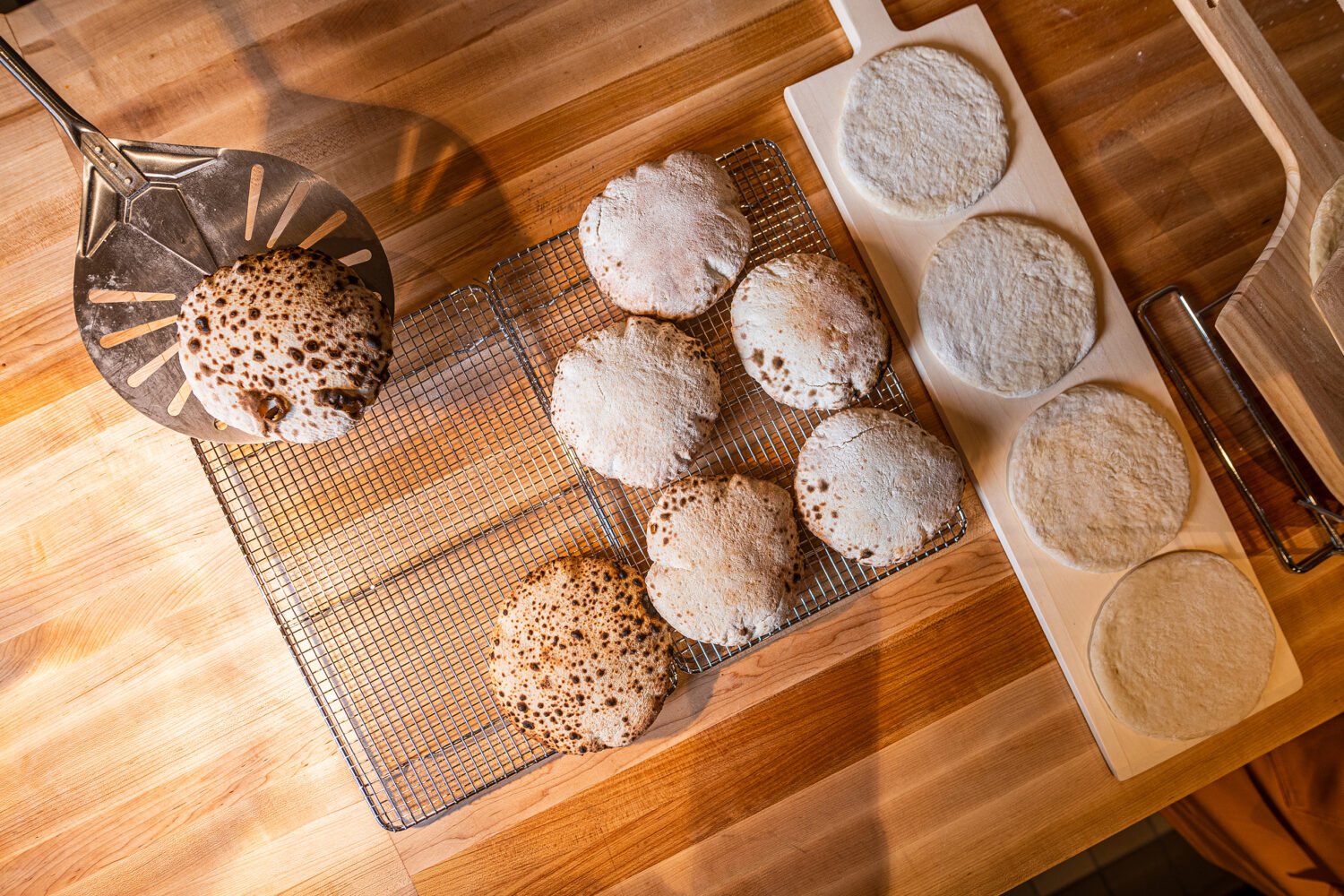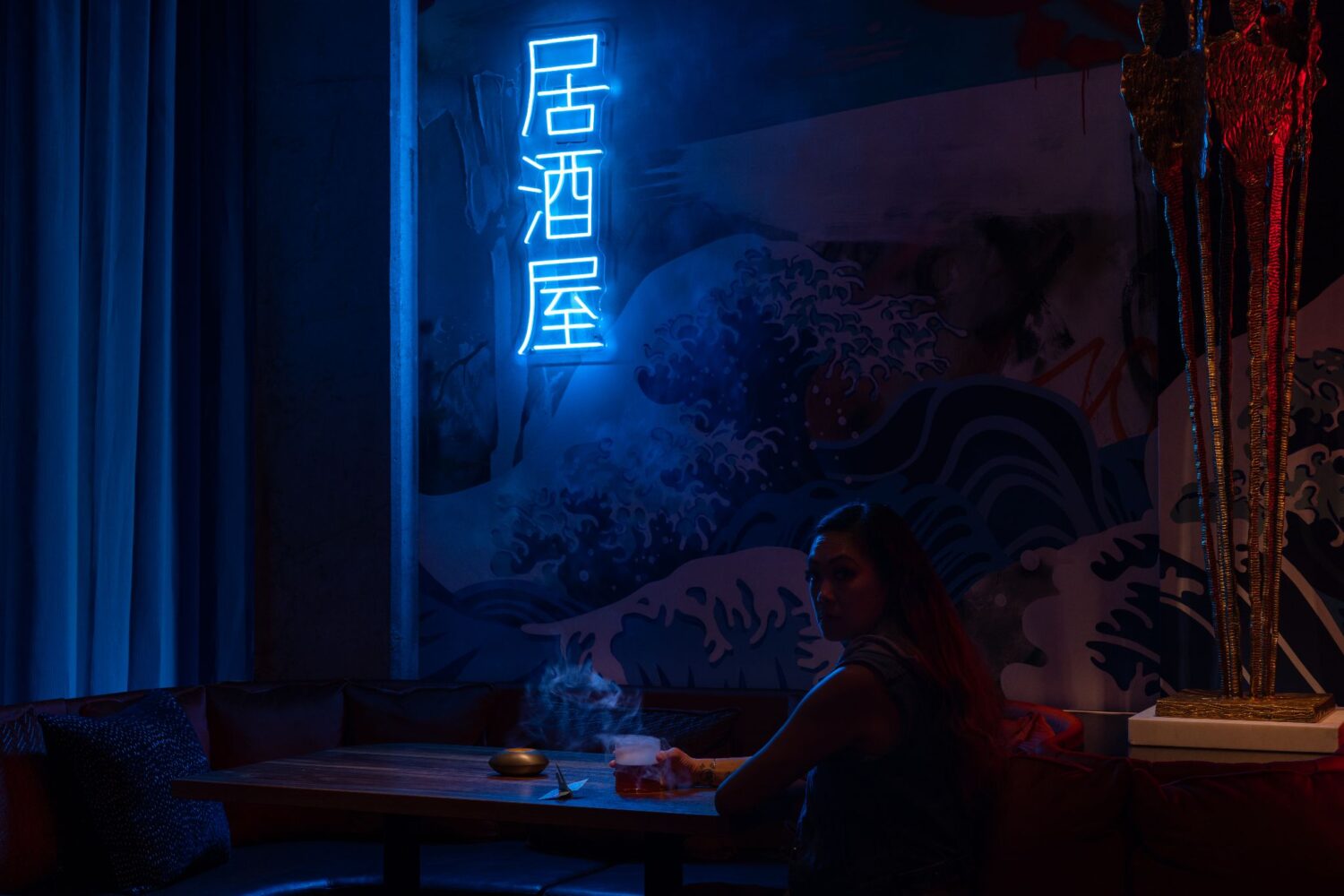As a historic snowstorm pummeled the East Coast last week, DC residents rushed to stockpile the necessities: milk, bread, rock salt, and a lot of booze. Last-minute liquor store runs are nothing new, but the option to have one’s alcohol delivered is.
Most of what’s been written so far about alcohol-delivery apps like Drizly and Klink has focused on how these new firms are disrupting traditional alcohol distribution. But these new companies, which collect volumes of data from their users’ smartphones, also offer insights into a simple, but often elusive question: What do we like to drink?
Drizly, which launched in September 2014, provided data the most popular alcoholic beverages it sold in Washington last year. The graphic below shows the ten most popular alcoholic beverages around DC by zip code.
What does this say about DC’s alcohol preferences? Quite a bit, especially about millennial consumers. Drizly’s user base skews young and so do the data. The consumption patterns revealed here reflect the preferences of this user base. This may be why the cheap collegiate favorite Natural Light is the favorite beer in Georgetown.
Other interesting trends include:
- Vodka is very popular throughout DC. This is most pronounced in North Capitol Hill and H Street where the top four items are all vodka.
- Northeast Washington not only produces most of the city’s craft beer, it consumes it at a greater rate as well.
- DC is notable for being very fond of wine. Wine labels are more disparate than beer or liquor, making an appearance on the most requested items list less likely. With respect to mass-produced wines, however, the area immediately south of Dupont Circle generates the most demand.
It is important to note that without an alcohol-delivery service like Drizly, this visual would be impossible or at least very difficult to create. Gauging consumer tastes at the point of sale across a large geographic area is not a simple task. For alcohol it might entail surveying a large number of bars and liquor stores and keeping records on what is sold when and where. Only major alcohol manufacturers like AB InBev, which funds the “Bud Analytics” lab at the University of Illinois Urbana-Champaign. can afford deep research into what consumers really want.


















